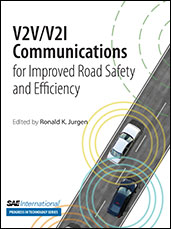Technical Paper
ZENITH: A Nano-Satellite for Atmospheric Monitoring
2015-09-15
2015-01-2395
This paper describes the ZENITH Nano-Satellite cum planetary atmospheric entry vehicle, called CanSat, the first Nano-Satellite project that has been developed by Delhi Technological University (Formerly Delhi College of Engineering), India. The satellite will function for monitoring the concentrations of various gases in the atmosphere. For this, the satellite consists of arduino microcontroller interfaced with the various Micro-electromechanical system (MEMS) gas sensors for measuring the concentrations of various gases such as carbon dioxide, carbon monoxide, methane, nitrous oxides, ozone, etc. The data obtained from the CanSat will be transmitted to the ground station where all the data will be stored and also the locations will be stored using GPS sensor. The academic goal of this project is to recruit students to the field of space science and technology.

